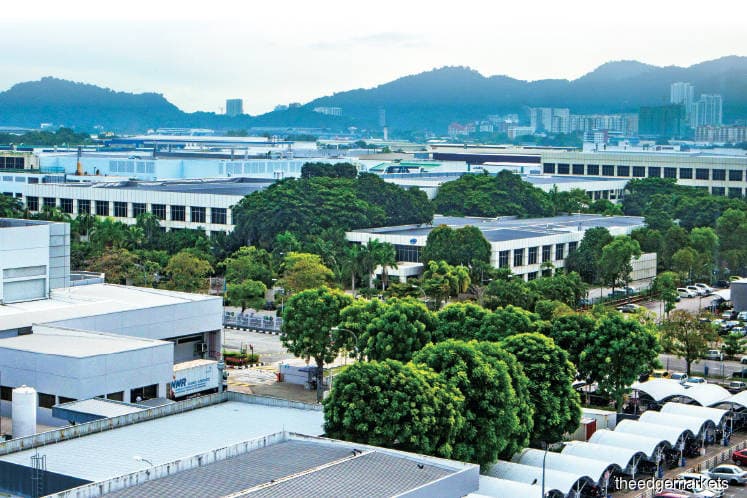
KUALA LUMPUR (March 5): Growth in the Asean manufacturing economy gathered pace midway through the first quarter, according to the Nikkei ASEAN Manufacturing Purchasing Managers’ Index.
The data, compiled by IHS Markit, showed that the headline PMI rose from 50.2 in January to 50.7 in February, signalling a further improvement in the health of the sector.
IHS Markit said expansions in output, new orders and employment were all faster than in January.
It said February data continued to show a relatively broad-based upturn, with five of the seven countries covered by the survey reporting an improvement in business conditions, unchanged from the start of the year.
Vietnam led the ASEAN manufacturing growth rankings for a second straight month during February as growth in its manufacturing sector picked up slightly to a ten-month high.
Myanmar remained in second position, having also registered a quicker pace of improvement in operating conditions, while the Philippines dropped to fifth place as tax reforms continued to limit growth.
Meanwhile, Indonesia returned to growth in February after weaker business conditions in the previous two months.
Thailand saw faster, albeit still marginal, growth in its manufacturing economy, while Malaysia reported largely stagnant operating conditions.
However, Singapore again failed to see an improvement in sector conditions, though the rate of deterioration was slower than in January.
IHS Markit principal analyst Bernard Aw said the ASEAN manufacturing upturn continued in February.
He said output grew at the strongest rate for ten months, underpinned by higher new orders.
“Employment meanwhile showed one of the largest gains for over three years. However, the outlook for factory jobs across the region remains mixed amid ongoing signs of spare capacity. Backlogs of uncompleted work continued to fall, as has been the case for over three-and-a-half years, suggesting that higher inflows of new orders will be needed to sustain stronger employment growth.
“Furthermore, ASEAN manufacturers faced a further sharp rise in input costs. Limited growth of selling prices suggests that, so far, companies have struggled to pass on greater costs to customers, which puts pressure on profit margins. While rising global commodity prices, such as oil and industrial metals, were a primary factor for higher costs, weaker exchange rates were responsible in some cases,” said Aw.